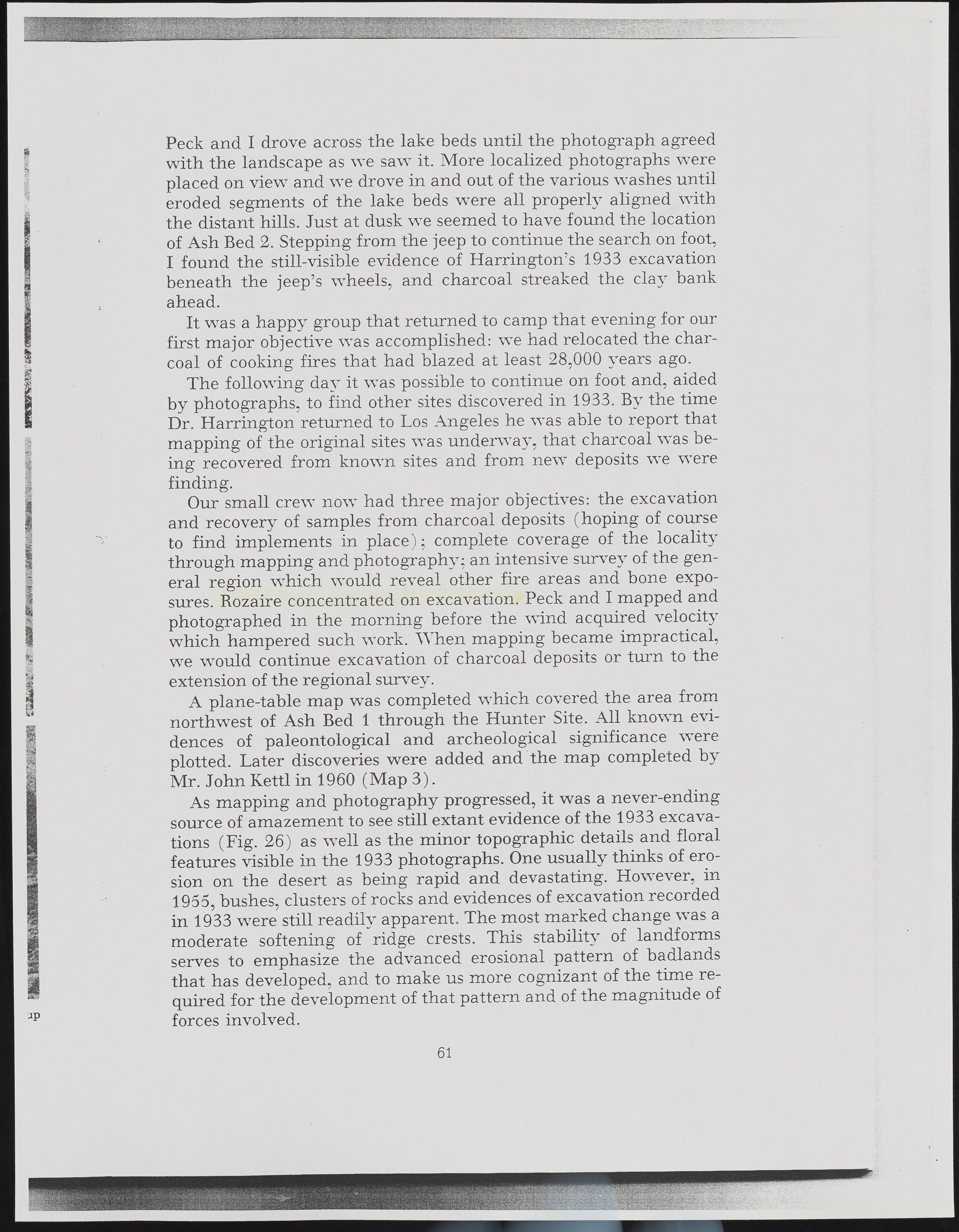Copyright & Fair-use Agreement
UNLV Special Collections provides copies of materials to facilitate private study, scholarship, or research. Material not in the public domain may be used according to fair use of copyrighted materials as defined by copyright law. Please cite us.
Please note that UNLV may not own the copyright to these materials and cannot provide permission to publish or distribute materials when UNLV is not the copyright holder. The user is solely responsible for determining the copyright status of materials and obtaining permission to use material from the copyright holder and for determining whether any permissions relating to any other rights are necessary for the intended use, and for obtaining all required permissions beyond that allowed by fair use.
Read more about our reproduction and use policy.
I agree.Information
Digital ID
Permalink
Details
Member of
More Info
Rights
Digital Provenance
Publisher
Transcription
yj$$£j$ii§L-?/'??' i'V-LU-&?• if lat Ig 8 H ? ap Peck and I drove across the lake beds until the photograph agreed with the landscape as we saw it. More localized photographs were placed on view and we drove in and out of the various washes until eroded segments of the lake beds were all properly aligned with the distant hills. Just at dusk we seemed to have found the location of Ash Bed 2. Stepping from the jeep to continue the search on foot, I found the still-visible evidence of H arrington’s 1933 excavation beneath the jeep’s wheels, and charcoal streaked the clay bank ahead. It was a happy group th at returned to camp that evening for our f ir st m ajor objective was accomplished: we had relocated the charcoal of cooking fires that had blazed at least 28,000 years ago. The following day it was possible to continue on foot and, aided by photographs, to find other sites discovered in 1933. By the time Dr. H arrington returned to Los Angeles he was able to report that mapping of the original sites was underway, that charcoal was being recovered from known sites and from new deposits we were finding. Our small crew now had three major objectives: the excavation and recovery of samples from charcoal deposits (hoping of course to find implements in place); complete coverage of the locality through mapping and photography; an intensive survey of the general region which would reveal other fire areas and bone exposures. Rozaire concentrated on excavation. Peck and I mapped and photographed in the m orning before the wind acquired velocity which ham pered such work. W hen mapping became impractical, we would continue excavation of charcoal deposits or turn to the extension of the regional survey . A plane-table map was completed which covered the area from northwest of Ash Bed 1 through the H unter Site. All known evidences of paleontological and archeological significance were plotted. Later discoveries were added and the map completed by Mr. John Kettl in 1960 (Map 3). As mapping and photography progressed, it was a never-ending source of amazement to see still extant evidence of the 1933 excavations (Fig. 26) as well as the m inor topographic details and floral features visible in the 1933 photographs. One usually thinks of erosion on the desert as being rapid and devastating. However, in 1955, bushes, clusters of rocks and evidences of excavation recorded in 1933 were still readily apparent. The most marked change was a moderate softening of ridge crests. This stability of landforms serves to emphasize the advanced erosional pattern of badlands that has developed, and to make us more cognizant of the time required for the development of that pattern and of the magnitude of forces involved. 61 »2§gB I ; t e n Hi '/? - HI IililLUl-.’ :? .i..

